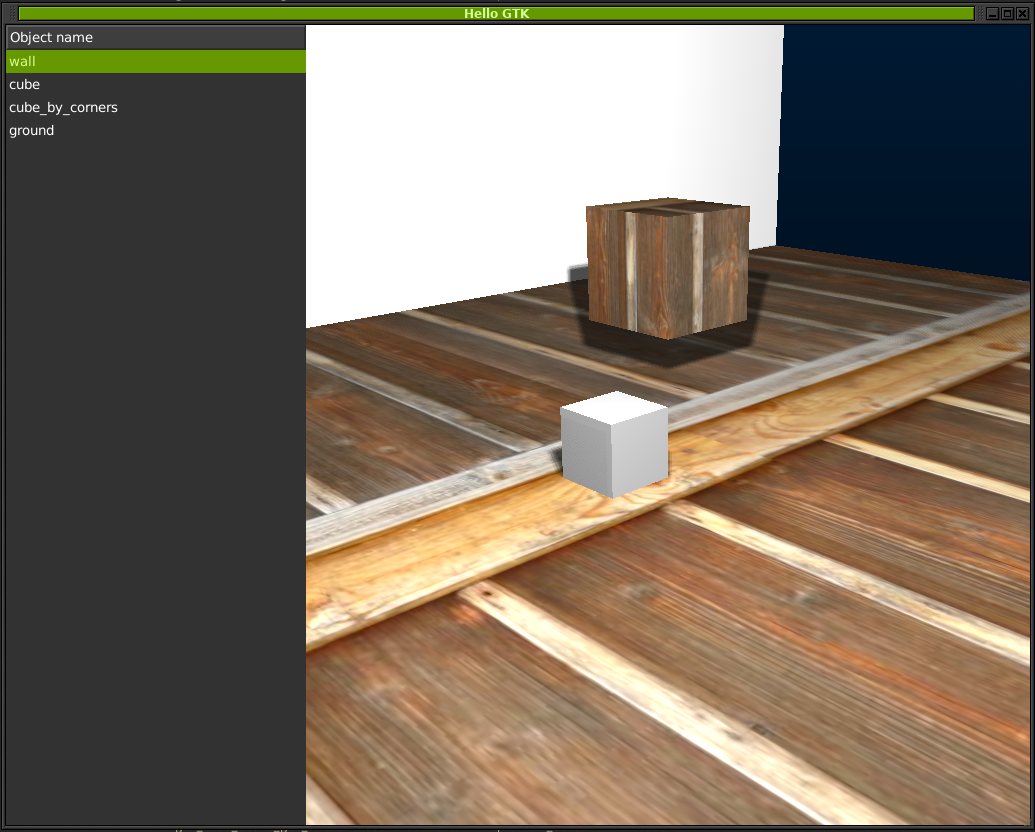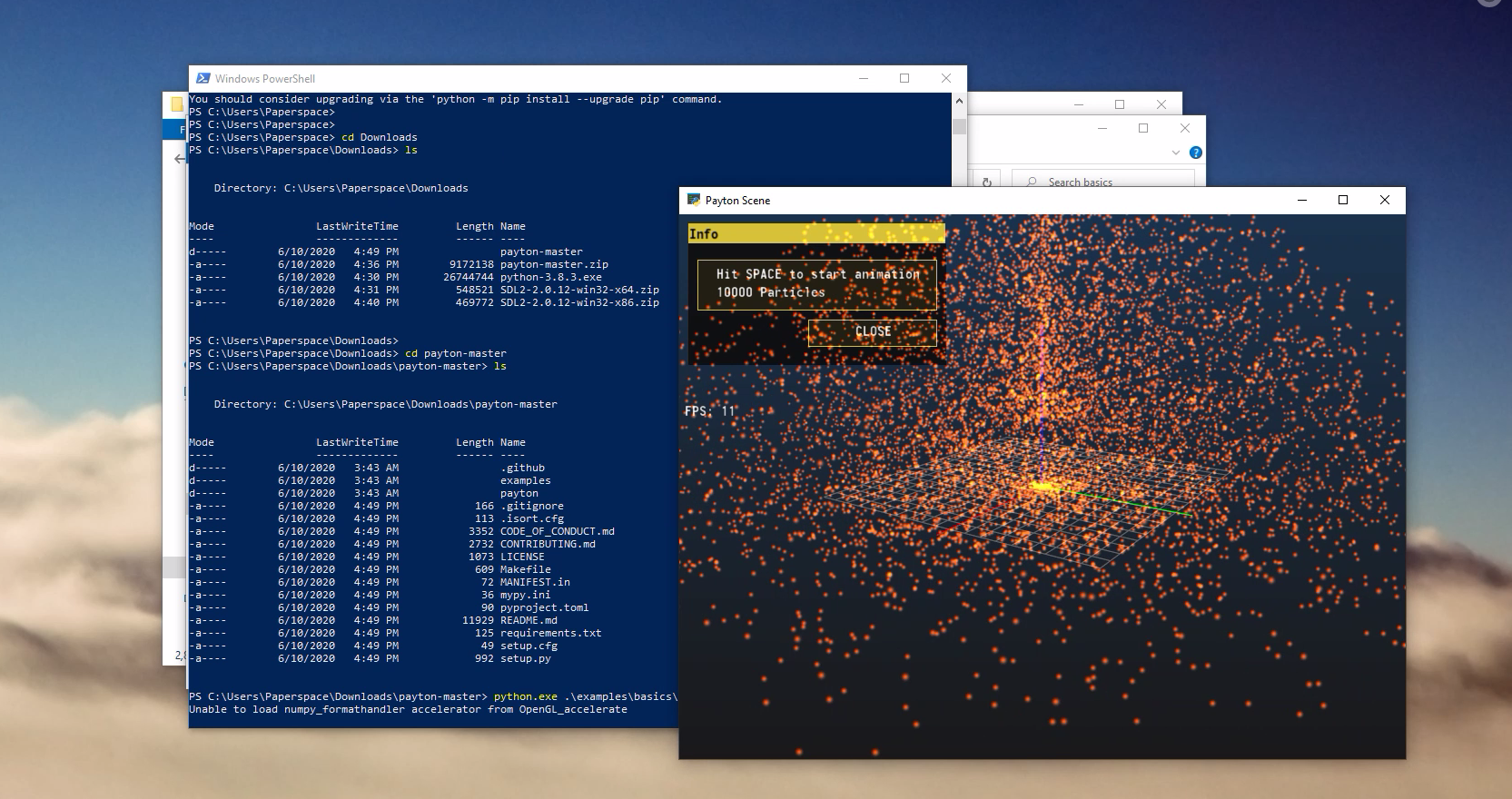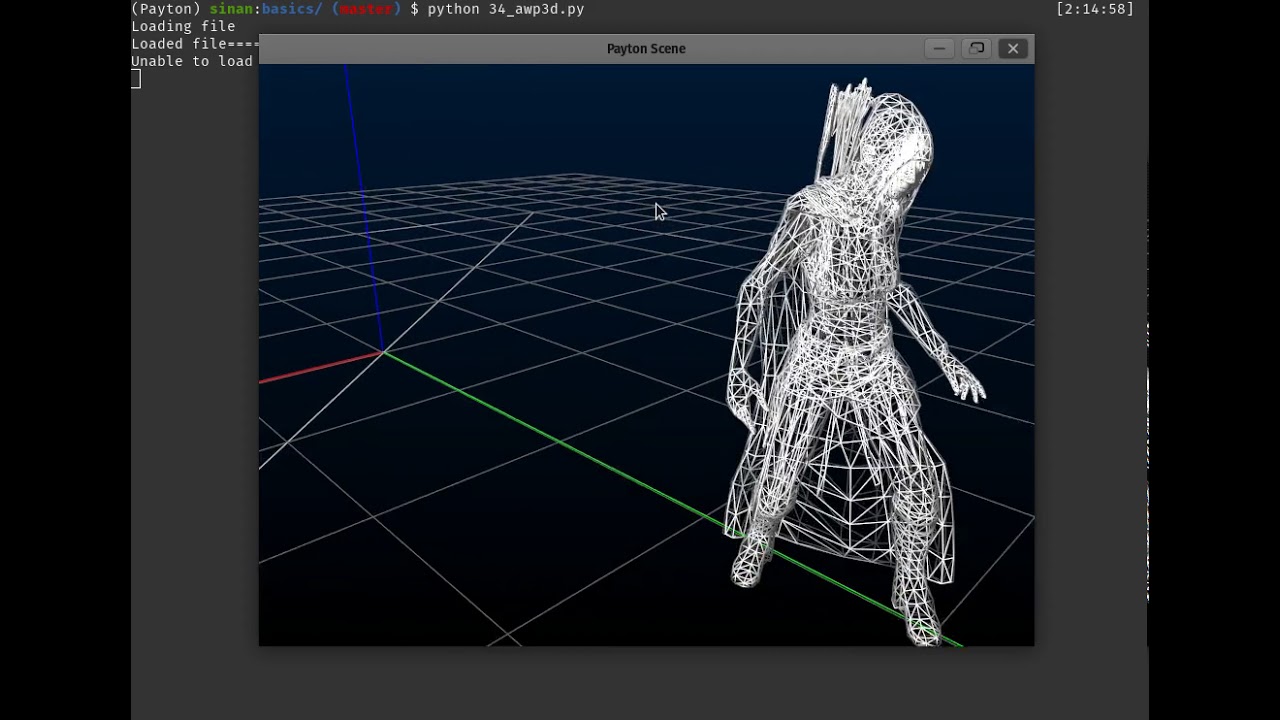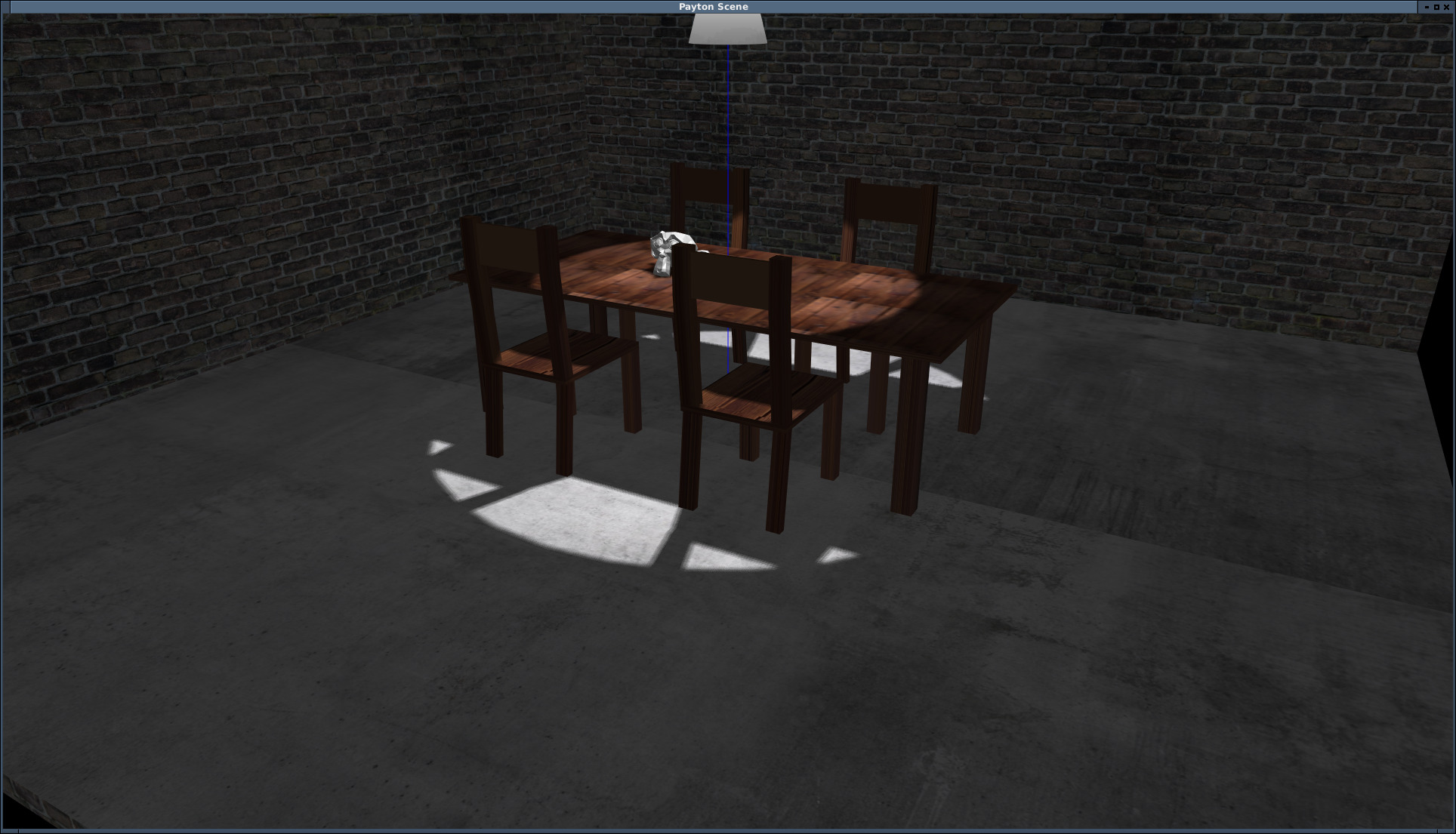"3D Graphics Programming Toolkit"
Project description
Payton 3D SDK
Payton is a general-purpose 3D Software Development Kit. Simply, a 3D Programming Playground!
- Payton is a playground. Kickstart any idea fast and easy, grow it.
- Create tools for the next step. Create map editors, small animations, small algorithms or artificial intelligence for your game. Whenever you need to try a new idea, don't bother to create a new application with all the details. Payton comes with all the necessary defaults and that is what makes it unique. Almost everything has a pre-set.
- Game engines and other libraries are way too complex and it takes a long time to start the initial playground.
- Payton never intends to take place as a game engine or a full-featured 3D environment. There is already plenty of stuff for that purpose.
- Tools programming is easy.
- Easy to visualize what you want to achieve or do what you want to do.
- You can move forward from Payton to any other place if you like.
We draw 2D graphs and charts in reports and we generally understand much more easily when we visualize the data. But in some cases, visualizing exceeds 2 dimensions. We require to have third and even fourth dimensions. (And on top of those, the definition of the fourth dimension as time can get foggy in terms of relativity.)
Payton gives you the ability to extend your graphics into 4 dimensions. It is not software but a software development toolkit/library built with Python. This will give users the ability to read real-time data from sensors, cameras or any other data sources in realtime and visualize them in real-time. The data source can be a thermometer, a random number generator, a toy car connected to a speed sensor, a map, a vehicle port or anything that generates time-based 3D data. Furthermore, it can be a time-based formula. As this can get too complex, software with that complexity will probably be too hard to use and understand where Payton is designed to be as simple as it can be. So easy to program that a newbie can kick-start it just by following the tutorials.
Contents of this Document:
Features:
- 3D Math Library
- Various base geometries:
- Cube
- Cylinder
- Triangular Mesh
- Plane
- Lines
- Particle System
- Sphere
- Dynamic Grid
- Clean default scene.
- Pre-defined keyboard-mouse and camera controls
- Pre-defined environment
- Clock system for parallel tasks and time based operations
- Simple collision detection
- Optional Physics Engine
- Basic support for Bullet Physics. to be extended
- Extendable controllers
- Pre-defined lighting with shadows.
- Material support
- Clickable objects and virtual planes
- Shader support
- Basic GUI Support
- Window
- Panel
- Button
- EditBox (Multi-line support)
- 3D File formats:
- AWP3D Animated High-Poly 3D Object
- Wavefront OBJ
- Quake 2 MD2 with Animations
- Mesh Generation Tools
- Extrude Line in 3D
- Rotate Line around an axis in 3D
- Fill between lines
- Mesh modifiers:
- Merge Mesh
- Subdivide Mesh
- Extensive examples for every feature
Install
Requirements:
- LibSDL2
sudo apt install libsdl2-devfor debian/ubuntu based linux distros. For other platforms, you can see your favourite package manager. - imagemagick
sudo apt install imagemagickfor debian/ubuntu based linux distros. For other platforms, you can see your favourite package manager. - Python 3.7+
- A Graphics card that supports OpenGL 3.3+
Install using Pip:
From a bash terminal:
pip3 install payton
This should install all dependencies. If you get any permission errors, you are probably installing the library to system-global so missing some permissions. If you do not want to use pipenv or virtualenv, then you might want to run above command as sudo pip3 install payton
Optional Bullet Physics Integration
Payton supports Bullet Physics at a basic level for solid geometries.
pip3 install pybullet
Once bullet physics is successfully installed in the same environment as Payton, it will automatically be activated and you will be able to use basic properties of it. Check out the relevant examples.
Optional GTK3 Integration
Instead of SDL2, you can use GTK3 (along with all nice GTK3 widgets) with Payton.
You need to install Python GTK3 Bindings.
AWP3D Format and Exporter
AWP3D is simply a ZIP file with every frame as Wavefront object. To export your animated Blender objects, you can use the exporter add-on here:
https://github.com/sinanislekdemir/payton/tree/master/plugins/Blender%202.8-2.9
Using Payton with Anaconda
As of version 0.0.10, Payton is installable on Anaconda. From Anaconda Prompt:
pip install payton
Is sufficient to install Payton and it's dependencies on Anaconda.
Payton will be available to use with Spyder or JupyterLab on local.
Upgrade to the latest version:
Payton is under active maintenance. This means I am spending some time to fix the bugs or make it better. So you might want to upgrade it occasionally.
pip3 install payton --upgrade
should do the trick!
Getting Started
Your first code
from payton.scene import Scene
scene = Scene()
scene.run()
This will create your first empty scene and show it inside an SDL window.
Controls
| Key / Action | Description |
|---|---|
| Mouse Wheel | Zoom In - Zoom Out |
| Right Mouse Button Drag | Rotate Scene |
| Middle Mouse Button Drag | Pan Scene |
| Escape | Quit Simulation |
| C | Change Camera Mode (Perspective / Orthographic) |
| Space | UnPause / Pause Scene Clocks |
| G | Show / Hide Grid |
| W | Change Display Mode (Solid / Wireframe / Points) |
| F2 | Previous Camera |
| F3 | Next Camera |
| H | Open / Close Help Window |
Environment variables
Some options can be configured from the environment variables.
SDL_WINDOW_WIDTH: Set window width.SDL_WINDOW_HEIGHT: Set window height.GL_MULTISAMPLEBUFFERES: Set OpenGL multisample buffer count for antialiasing. (usually 1 or 2)GL_MULTISAMPLESAMPLES: Set OpenGL multisample sampling count for antialiasing. (usually 1-16)
Without GL_MULTISAMPLEBUFFERS AND GL_MULTISAMPLESAMPLES, you may notice pixelated graphics. There is no default set for those values because they can vary between graphic cards.
Examples
Personally, I don’t really read the long descriptive documentation unless necessary. I like things simple and self-explaining. Therefore, instead of writing long documentations, I write simple examples to use each feature of Payton without digging much into the internals.
Examples can be downloaded from Payton Github Page.
You can either download the whole repository as a zip file or you can just git clone it.
Tested in Windows 10 Paperspace, seems to be working as expected
Supports pyBullet solid geometry physics
Example Index
- Basic Examples
- Scene
- Objects
- How to use "clock"
- Object picking using mouse
- Load textures
- Vertex colors
- Collision Detection
- Physics Engine
- GTK3 Python OpenGL Payton Integration
- Rotating Objects
- Graphical User Interface (GUI)
- Custom keyboard shortcuts
- Using multiple cameras
- Changing background
- Click plane (get cursor location in world coordinates)
- Using object motion history
- Object Oriented Approach
- Materials
- Exporting and importing your scene to json
- Changing time of day
- Near and Far Planes
- Spotlight Example
- Mesh Plane Example
- AWP3D Example
- AWP3D Example Ranges
- Mid Level
- High Level
Contribution
- Please keep using type hints in the main library.
- Type hinting can be ignored for examples.
- Example codes should be plain and simple.
- Every new features should include sensible defaults.
- Nothing should be too verbose to use.
- Make sure that
make checkis clear before pushing your code. - Running
isort .is not mandatory but highly encouraged. - Ever new feature should have an example code.
- There is a reason why some methods are longer than they should and complex.
- To reduce code jumps and stack switches.
- To run faster.
Screenshots and Videos
Examples Showcase:
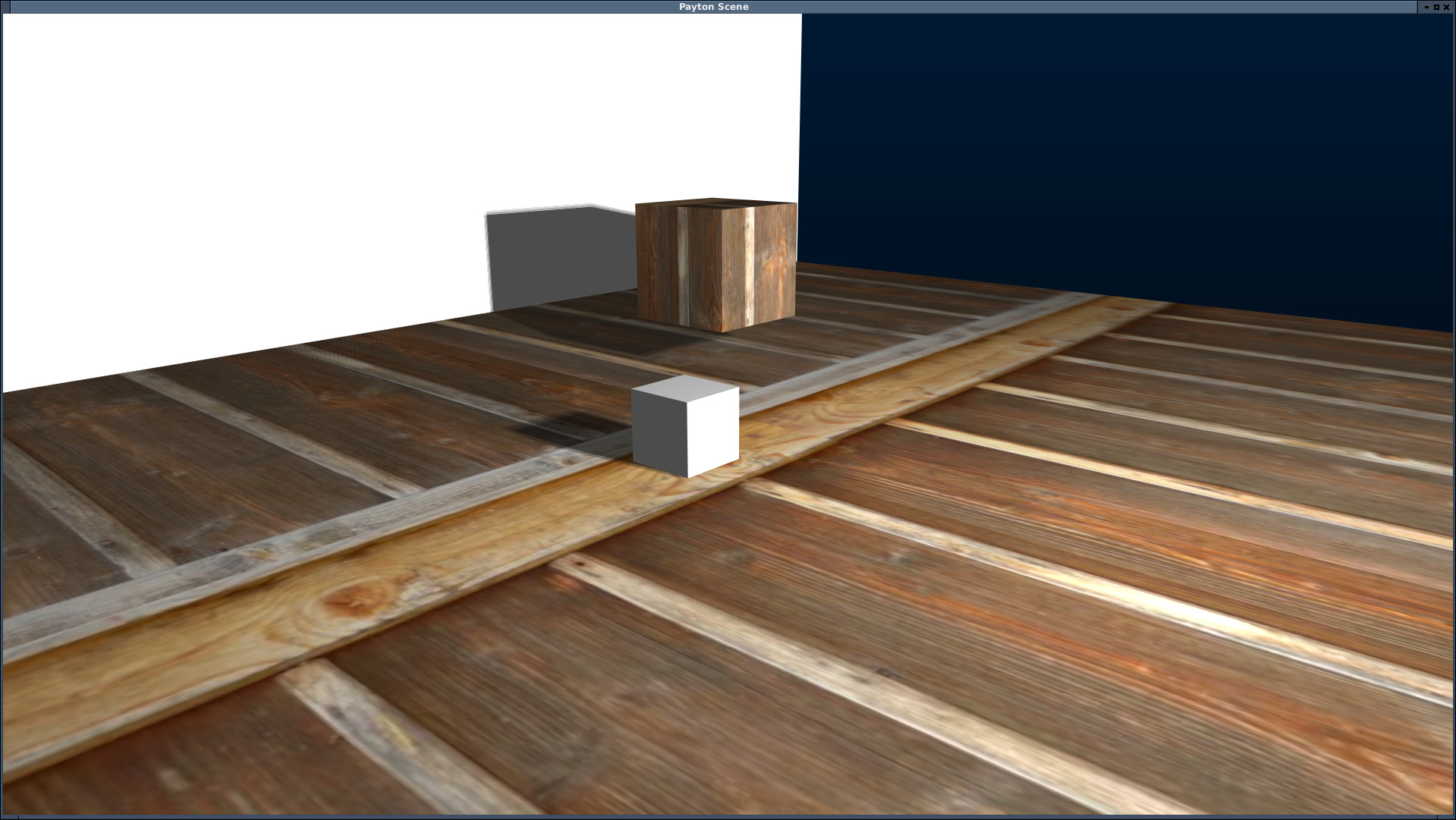
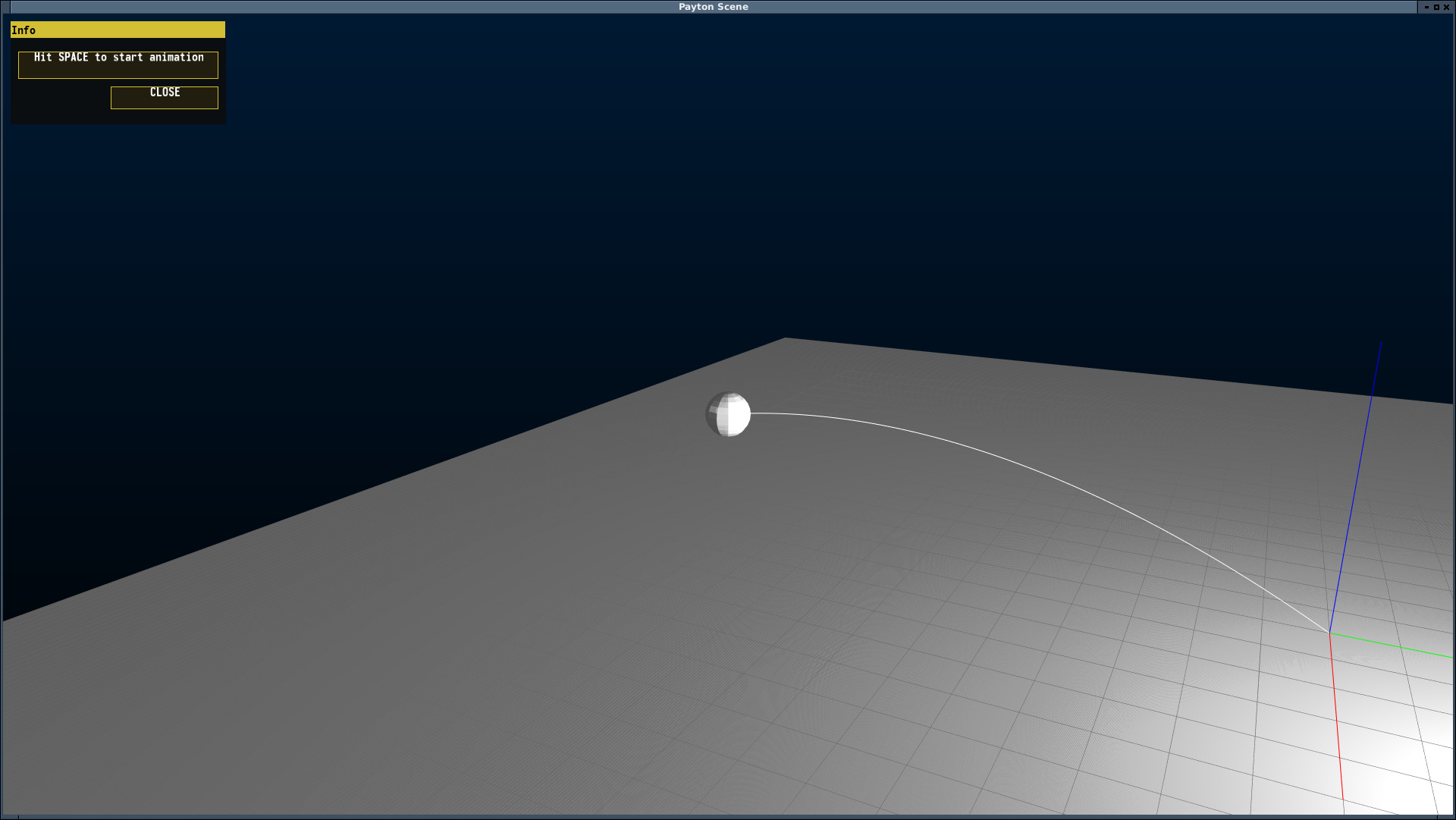
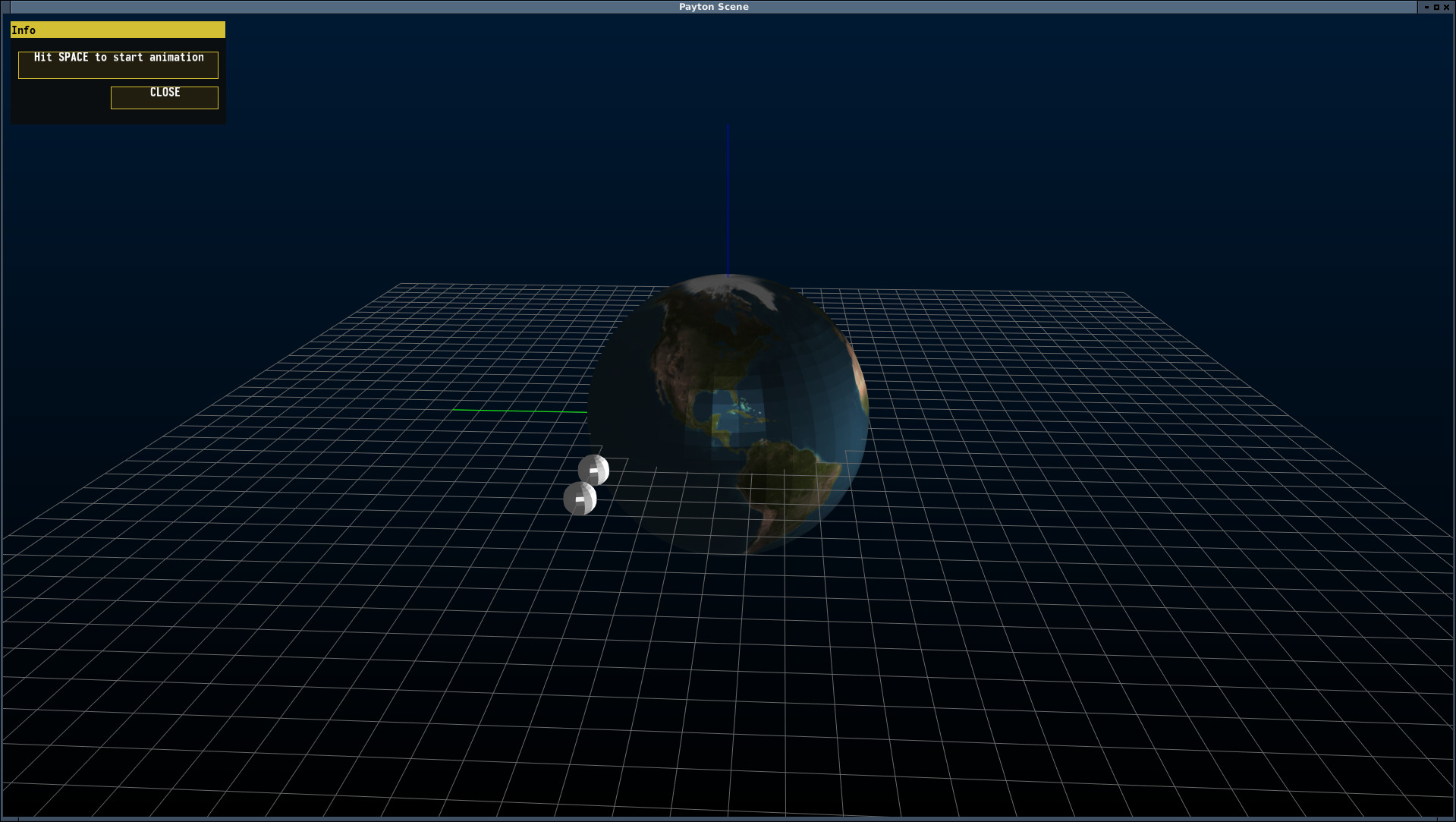
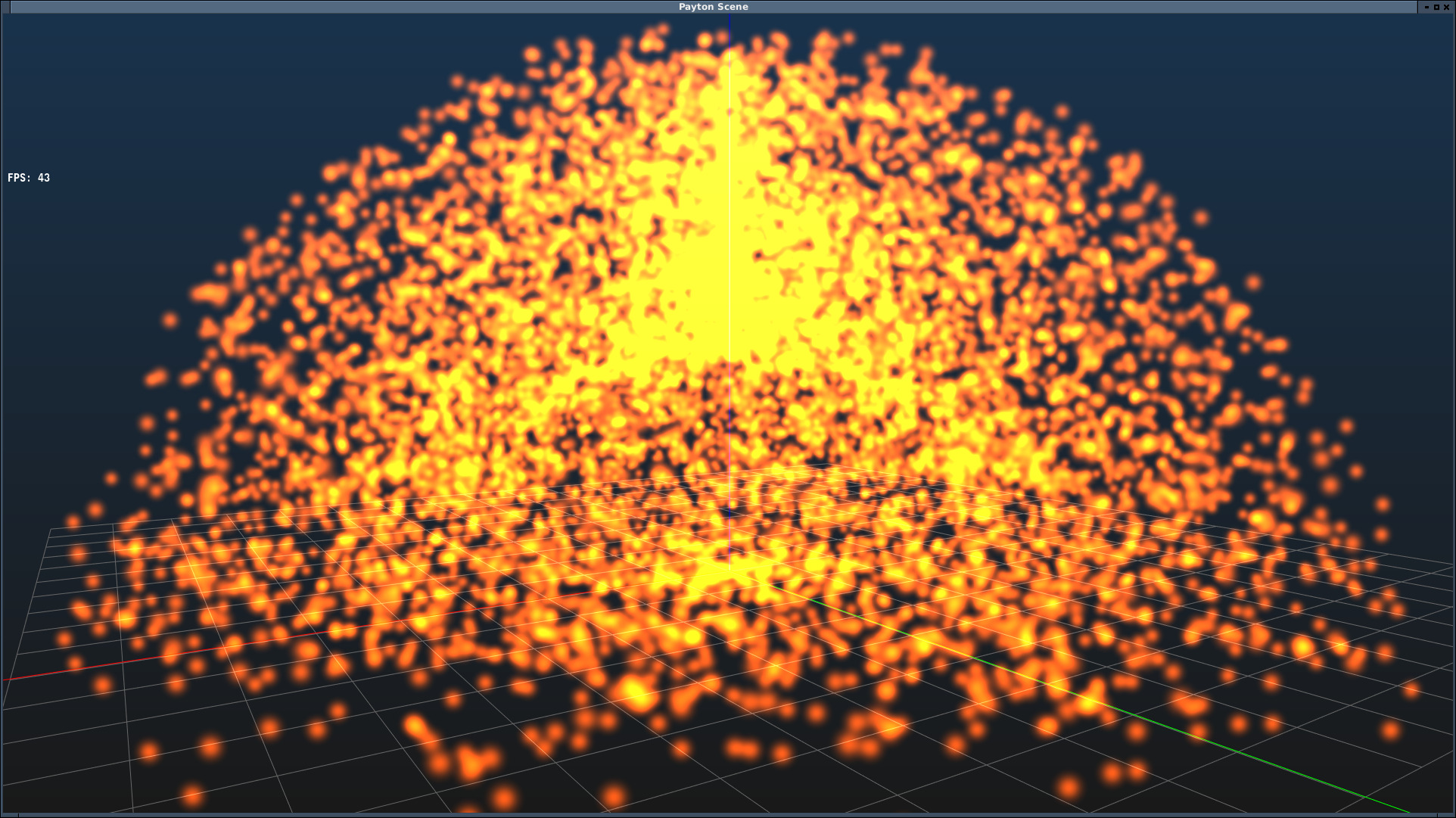
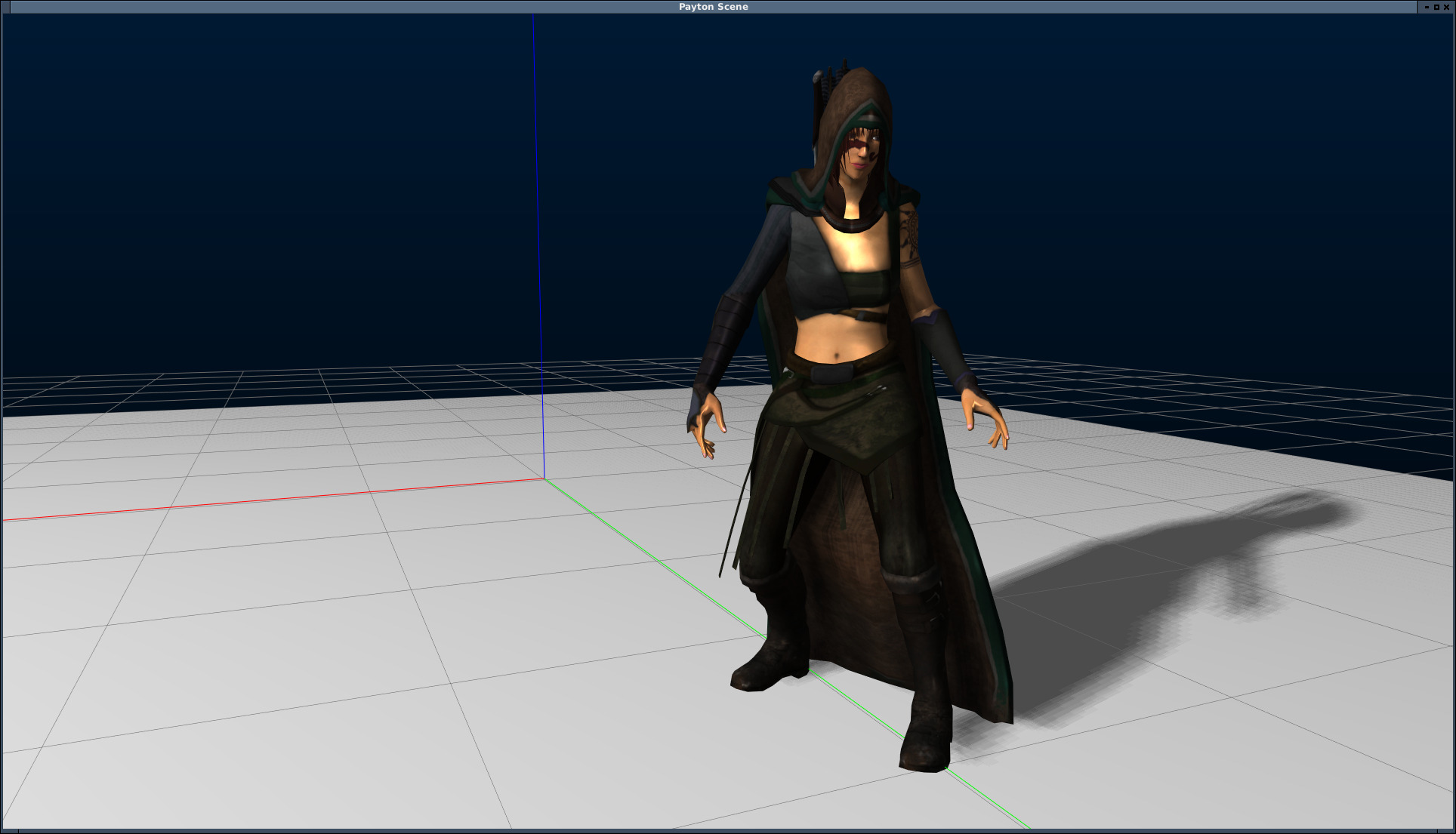
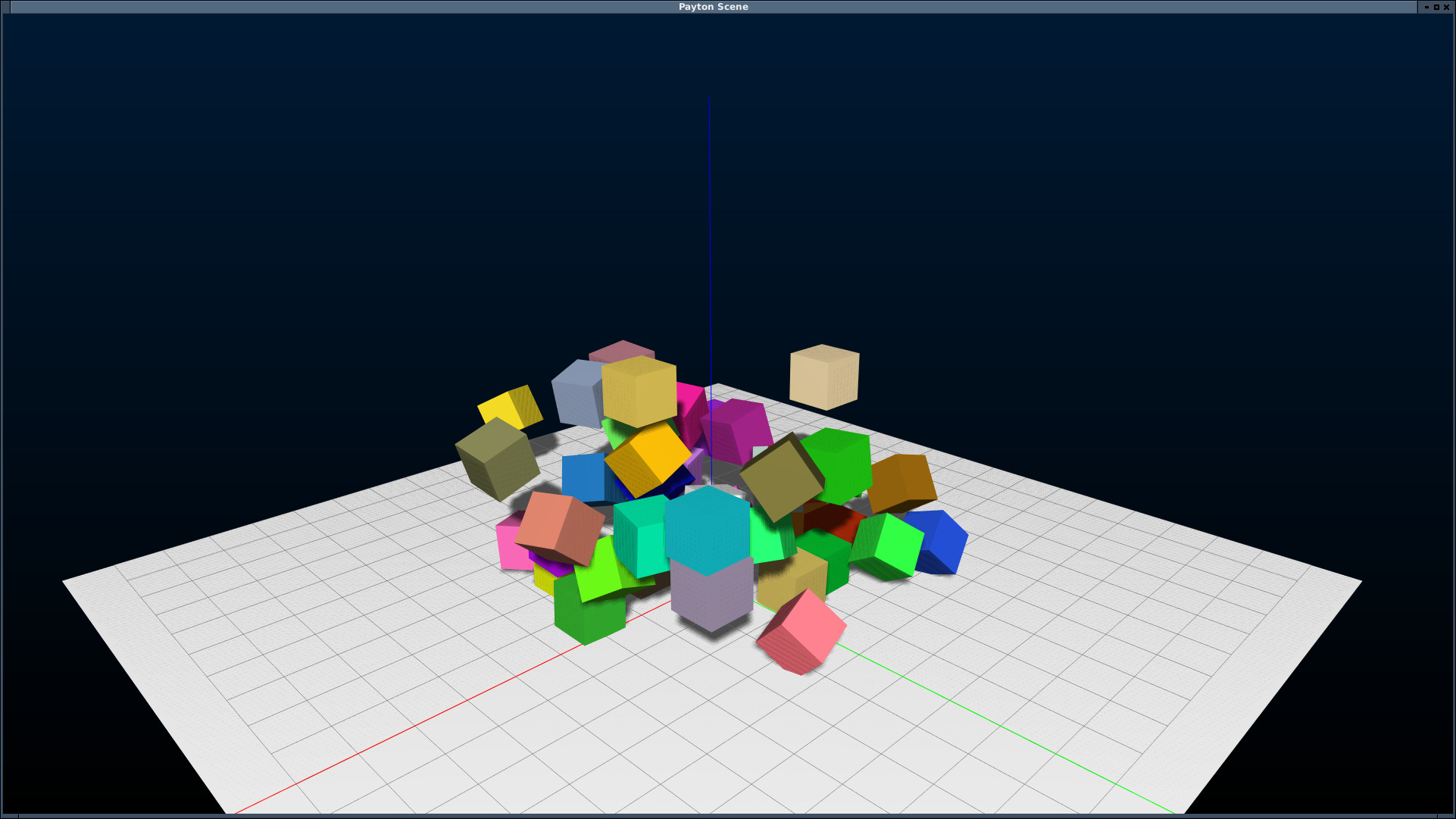
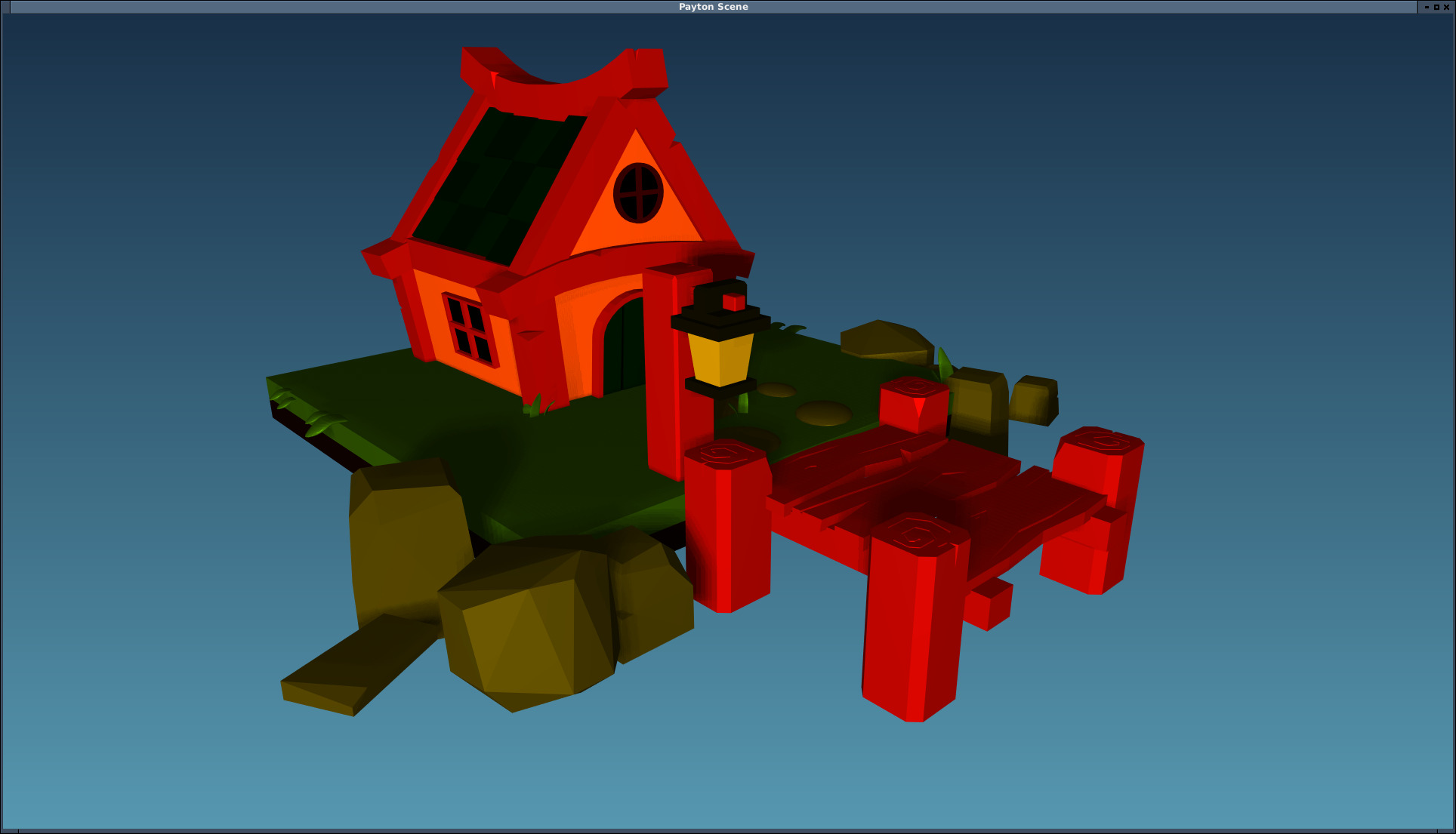
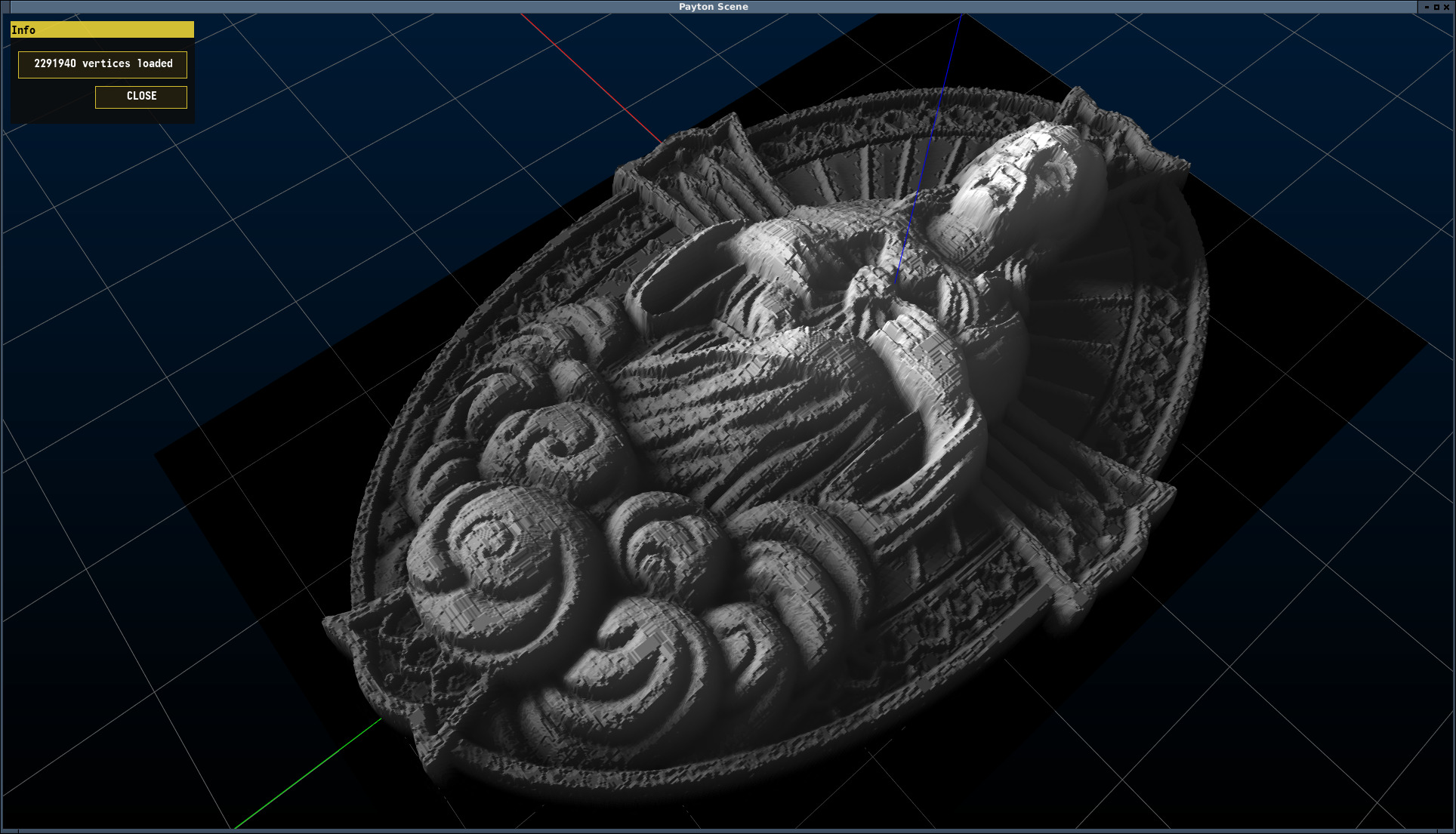
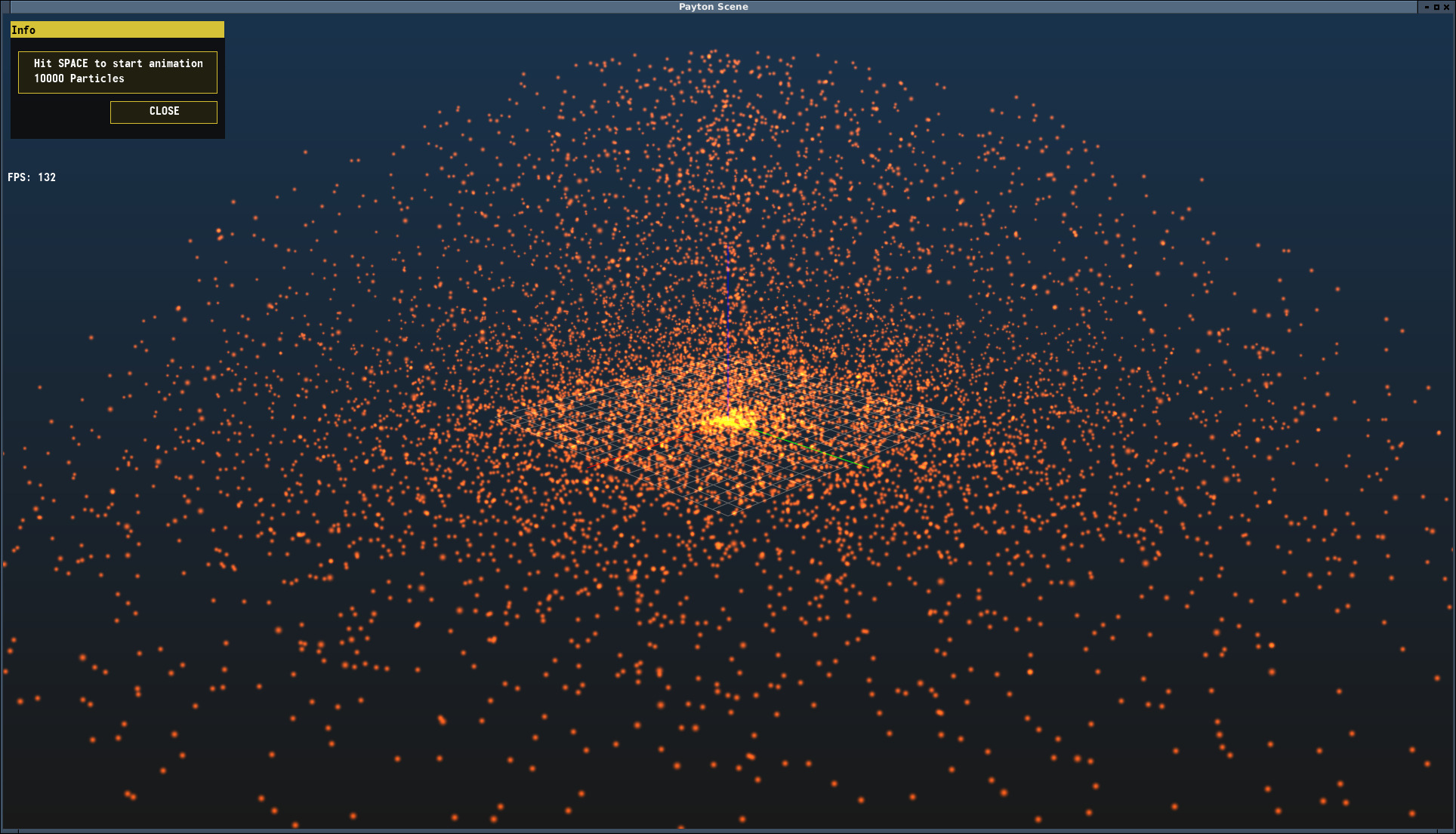
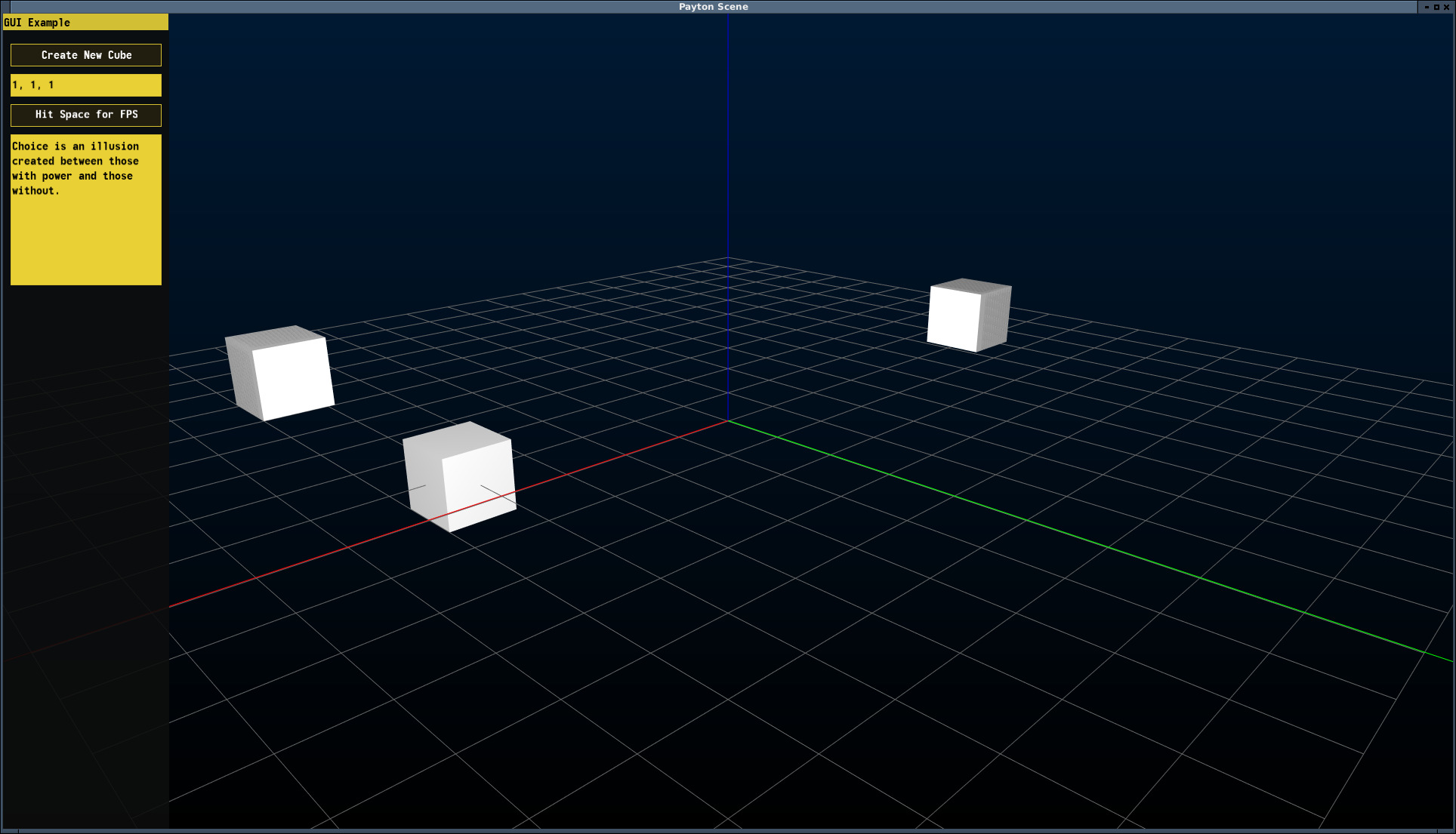
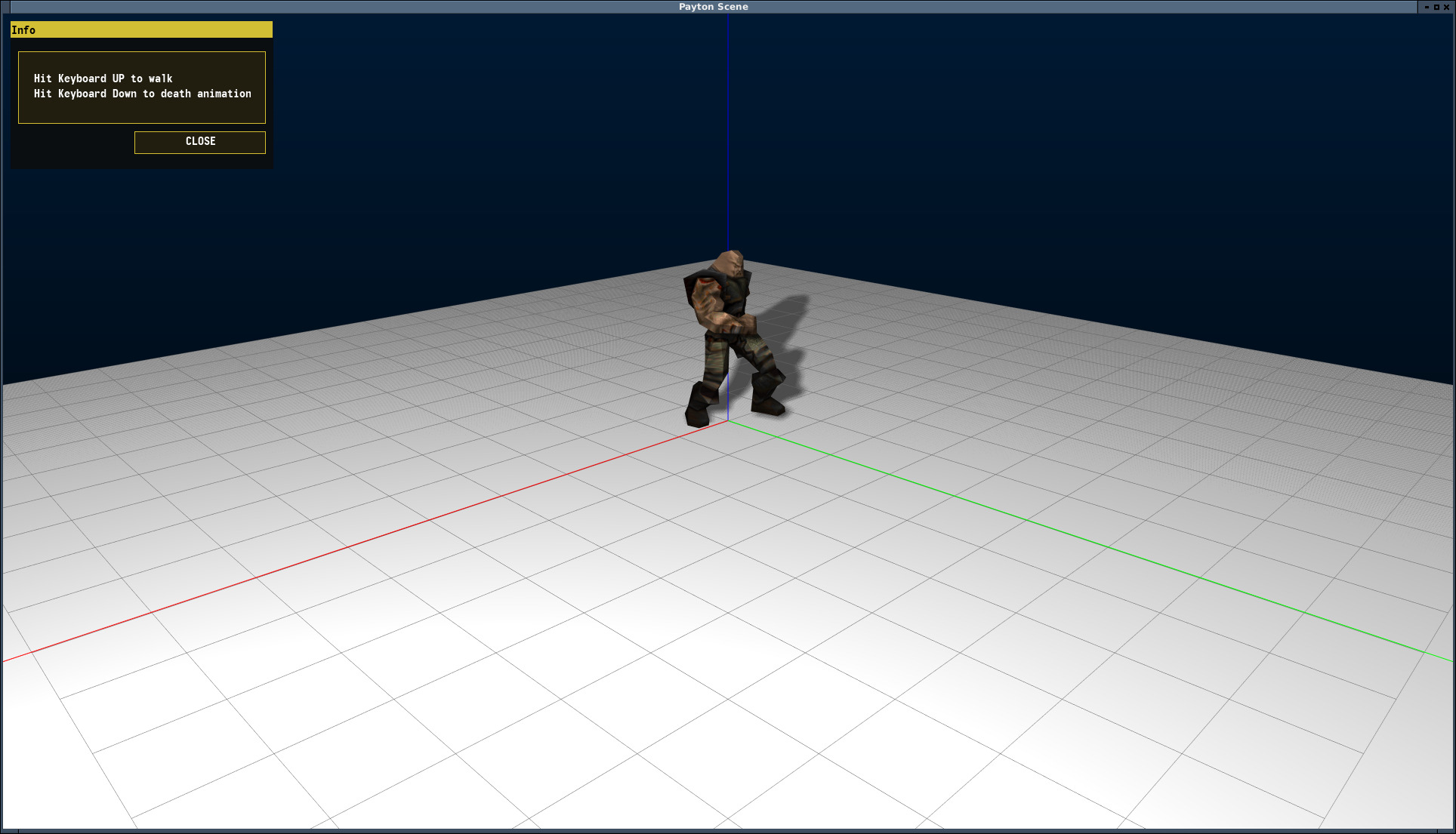

Some free-thoughts and decisions:
I've choosen to use List[float] type for Vectors because:
- I needed something mutable. Otherwise, the number of memory copy and swaps would be too much. So, I've crossed out
TupleandNamedTuple. dataclasshas an overhead to convert to C-type floats and arrays in memory.
So, to gain some performance, I have created the main library with a risk of non-strict vector lengths.
Project details
Release history Release notifications | RSS feed
Download files
Download the file for your platform. If you're not sure which to choose, learn more about installing packages.





